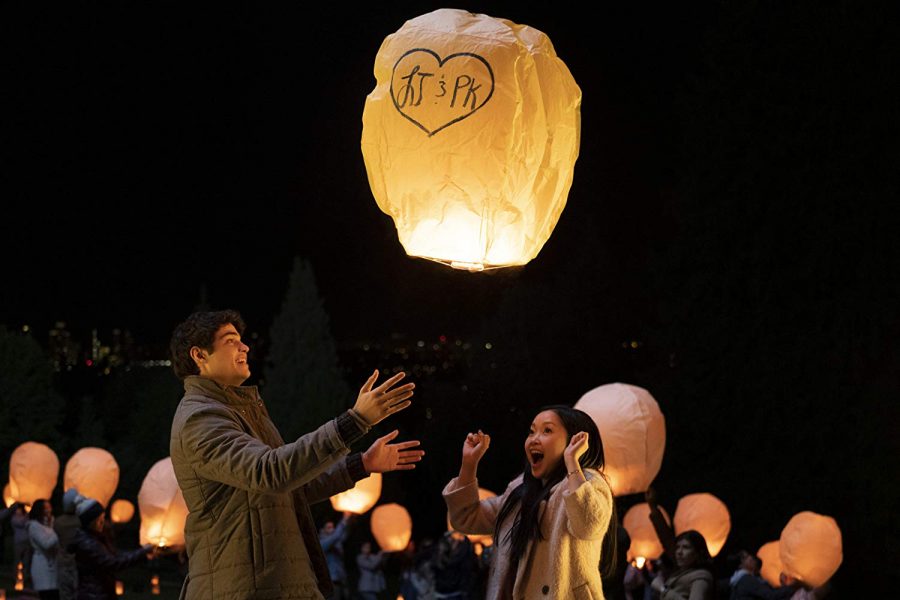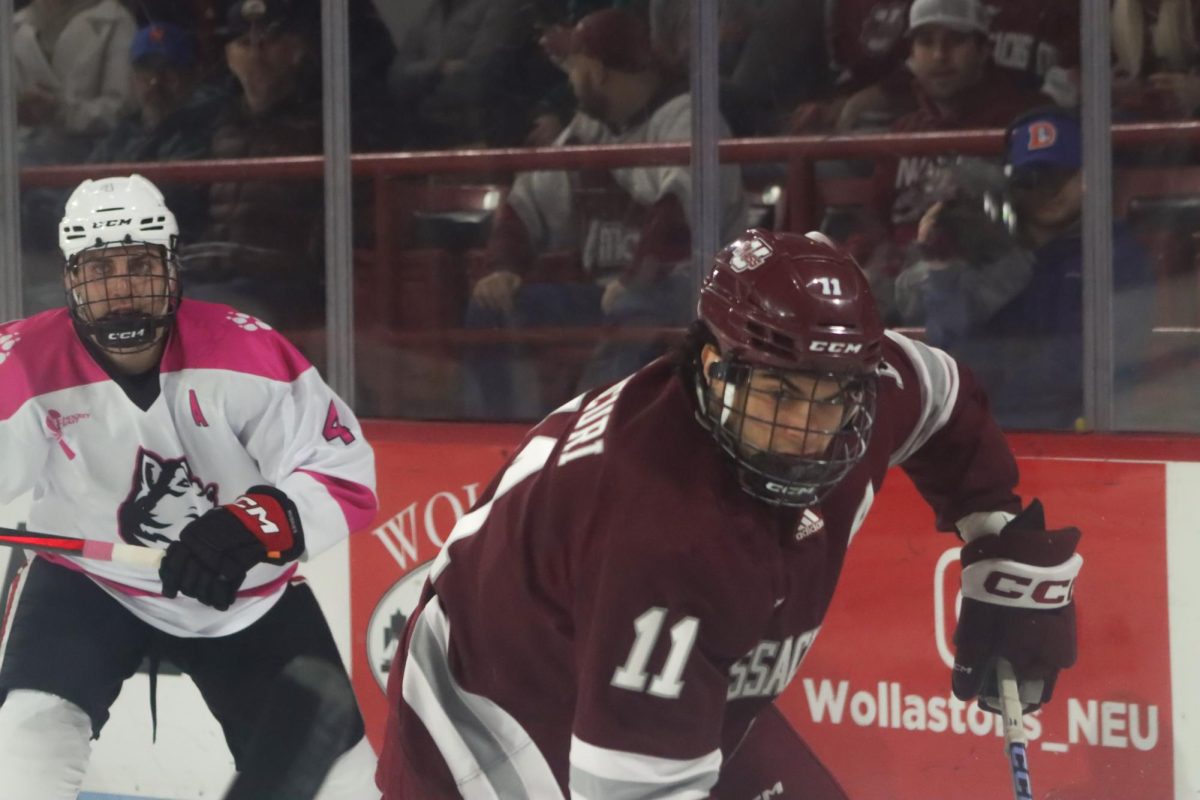“To All the Boys I’ve Loved Before” was released in 2018 to much acclaim. Fans praised the film for its Asian-American representation and its cute, heartfelt love story. Protagonist Lara Jean, played by Lana Condor, is a half-Korean teenager who has a tendency of writing love letters to all the crushes she’s ever had but never sending them. However one day, her younger sister does, sparking the love story of Lara Jean and Peter Kavinsky, played by Noah Centineo. What starts off as a fake relationship soon develops into something real and the movie traverses through the trials and tribulations the pair face before becoming a real couple, leaving audiences invested in their future together.
Two years later, after having effectively launched Condor and Centineo’s careers, the long-awaited sequel, “To All the Boys: P.S. I Still Love You,” was released on Netflix on February 12. The sequel follows Lara Jean and Peter as a real couple; Lara Jean is giddy but nervous at all the expectations of being a girlfriend in her first relationship. Everything seems to be going smoothly for the two, until Lara Jean receives a letter back from one of the love letters that was sent out from her middle school crush John Ambrose McClaren, originally played by Jordan Burtchett at the end of the first film but recast as Jordan Fisher for the sequel. The entrance of John Ambrose as another potential love interest leaves audiences to wonder who Lara Jean will choose in the end.
Fans of the series were eagerly anticipating this sequel, but upon watching the film, it is immediately apparent that the tone and atmosphere of the film is awry. “To All the Boys: P.S. I Still Love You” is directed by Michael Fimognari, while “To All the Boys I’ve Loved Before” was directed by Susan Johnson and the directorial change becomes more evident as the film continues. There are questionable shots littered throughout the film that draw audiences out of the story. Along with this, the coloring of the film overall is excessively tinged green making the shots look cold and uninviting.
Now with the love triangle at the center of the film, the plot is simplistic. The film is expected to be centered around its characters. However, the characters were unable to save it, with the only stand out being newcomer John Ambrose. The previously likable characters of Lara Jean and Peter become annoying and unlikable this film, perhaps due to their cringy lines. Condor’s acting wanes in this film, giving the audience a mediocre performance while Centineo’s falls flat.
In “To All the Boys I’ve Loved Before,” Lara Jean was relatable and sweet; audiences empathized with her embarrassment and her hopeless romantic dreaming, but in this film, she acts in questionable ways, often keeping information from the boys. While Lara Jean is deeply confused with her feelings throughout this entire film, it is difficult to excuse her behavior toward both John Ambrose and Peter along with her failure to communicate honestly with them. Something about it feels wrong, when Lara Jean is having moments with John Ambrose, all the whilst knowing he has feelings for her, but she still hasn’t told him that she’s dating Peter.
The Peter the audience fell in love with in the first film is gone and replaced with a discount version who, for the majority of a film, is rude and raises serious red flags about whether he is right for Lara Jean. Understandably, this throws some problems in their relationship and makes John Ambrose a viable candidate, but the issues are never truly resolved, and Peter’s pitfalls still remain by the film’s conclusion. Peter is still weirdly close to his ex-girlfriend, Gen, and becomes petty and defensive against John Ambrose. Lara Jean and Peter’s frustrations culminate in a fight between the two but the major issues are never directly discussed, and as a result, audiences walk away unsatisfied. Somehow, the main pair inexplicably stay together despite these unresolved issues.
John Ambrose McClaren is the one saving grace for this film. His character is a viable love interest for Lara Jean, but the film may have done its job a little too well. John Ambrose meets Lara Jean volunteering at the Belleview senior home. It is there they rekindle their friendship and find they share a lot in common. The audience gets flashbacks to them as children, where even then their quirky, sweet personalities were an obvious match. Fisher plays Ambrose as sweet, understanding and caring toward Lara Jean. He never makes Lara Jean feel guilty or anxious, which is a stark contrast to her relationship with Peter, where she often feels she is not good enough. John Ambrose’s moments with Lara Jean are vulnerable and heartfelt, making the audience sympathize with him, if not even root for him over Peter.
In the end, Lara Jean has a eureka moment that pushes her to choose one boy over the other, but the moment is handled less than gracefully, leaving even some viewers upset at Lara Jean. The film felt like every other mediocre teen rom-com in that it was watchable, but it pales in comparison to the same spark and charm the first film held. “To All the Boys: P.S. I Still Love You” holds no real substance and the series’ lovable characters are no longer relatable or sympathetic. Some of this may have to do with a male director at the helm instead of a female director like the first film. Lara Jean’s thought process and emotions never truly shine through, and audiences are left more annoyed at her than empathetic when we are supposed to be in her head. All this leaves series’ fans underwhelmed at the way this story was told and hoping for the final installment to recapture that spark the initial film held.
Ashley Tsang can be reached at [email protected].




















